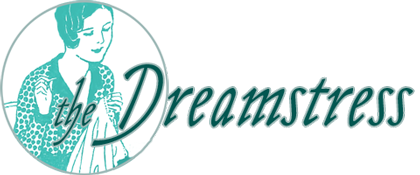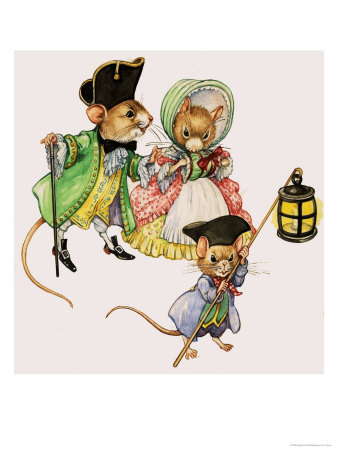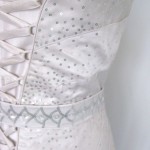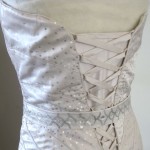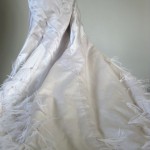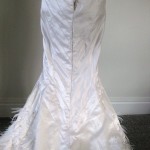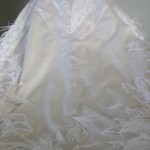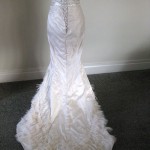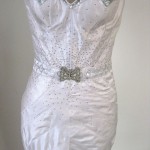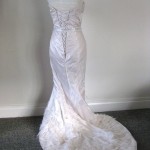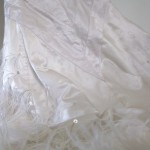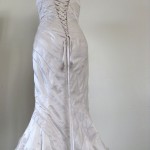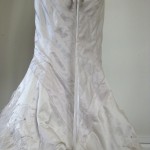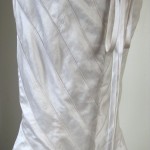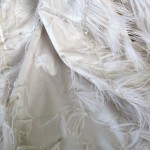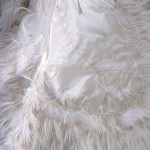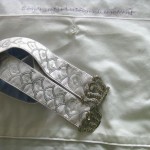I have a confession. Sometime I buy old books in op shops just because the books are pretty.
I know.
This is usually a really stupid habit, because our house is quite small, and I generally have to give the books back to op shops when I realise they are less fun to read than to look at.
Sometimes though, my “Oooh…bookey pogey bait” habit pays off, because I end up buying books that I have never heard of which turn out to be fantastic.
One of these fantastic and unexpected finds was two books by Flora Klickmann: The Flower-Patch Among the Hills and Between the Larch-woods and the Weir.
I really almost didn’t buy the books. They were $5 each, and I’d never heard of Klickmann. And they weren’t actually that pretty.
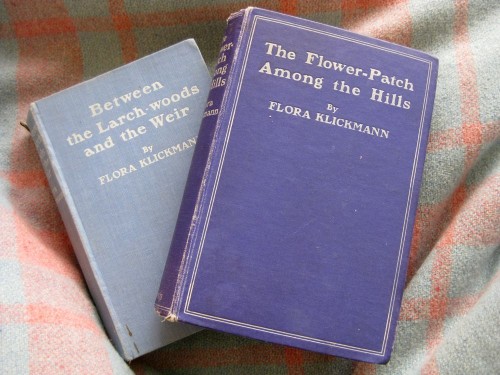
Blue and purple but not that pretty
But I did, and they are fabulous.
Klickmann was the editor of the Girls Own Paper in London, and the first book (The Flower-Patch) started out as articles for the magazine. This means that both books are more a series of anecdotes than an actual story.
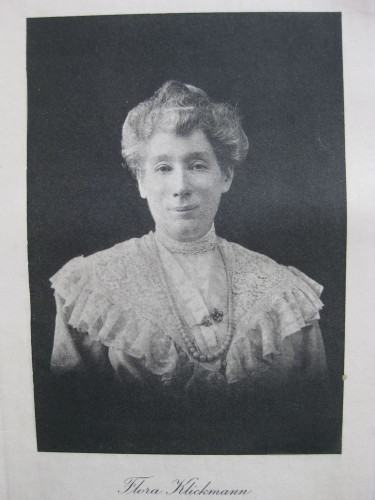
Miss Klickmann herself
Klickmann’s rambles engagingly about her work as the editor of the magazine, the foibles of society, and (most frequently), her country house and garden in the Wye valley.
Her books are a bit heavy on floral descriptions (which she also tends to repeat), but give fantastic insight into the life of an upper-middle class working woman in England just before and during WWI.
Her descriptions of people she meets are both apt, and also very familiar. Haven’t we all known a Miss Quirker?
…a lady well over forty (or more), who apparently hasn’t anything at all to do, and who does it thoroughly well. She has a couple of very decided and conspicuous gifts – one is the ability to waste the time and dissipate the amiable qualities of every individual whose path she crosses; and the other is a positive genius for saying the wrong thing.
Less universal, but no less interesting, are her descriptions of life during the war: of rationing, and midnight gatherings among the neighbors when explosions are heard and it is feared that bombs are being dropped, of knitting, and ‘adopting’ sailors in the North Sea and supplying them with packages of baked goods.
Interlinked with the war stories are fashion anecdotes, as the rations affected fabric. Miss Quirker supplies a novel suggestion on economizing on corsets:
You should buy your corsets several sizes larger than usual, and then when they are getting worn, you can turn them upside down and wear them the other way up. It’s so saving.
Indeed. And so completely defeats the purpose of corsets and demonstrates such a complete lack of understanding of anatomy that it could only have been suggested by a military man.
We also get a description of the outfit of a well… tart of 1916.
Eileen was wearing a white Jap silk skirt; a transparent rose pink blouse, that revealed the satin ribbon and lace camisole beneath; pink cotton open-work stockings; white shoes; one of those long stoles made of metallic-looking lustre-brown fur, so beloved of the laundry girl; a bit white hat, trimmed with the most violent of tangerine-coloured velvet, said velvet hanging in festoons down the back, and loops of it caught round the front and fastened to the fur stole on one side with a large would-be-diamond lizard, about four inches long, and on the other with a crescent of similar make. Her hair, which was done in a wild imitation of the latest eccentricity of fashion, was radiant with more crescents and a sparkling three-tiered back comb. A string of large pearls adorned her neck.
Despite the popularity of the books in the teens and 20s (21 editions between 1916 and 1922) Klickmann’s writings have fallen out of favour in the decades since then. Perhaps it is the extensive and well, flowerly, chapters on flowers. Or the musings on religion and faith.

An add for flowery soap from the Girls Own Magazine to go with flowery writing
Whatever the case, I’m glad I found Flora’s books, and I wish they were available to more people. And don’t worry, I’ll be sharing lots of tidbits from them with you!

I found them in an op-shop in the same small town where they were originally bought
